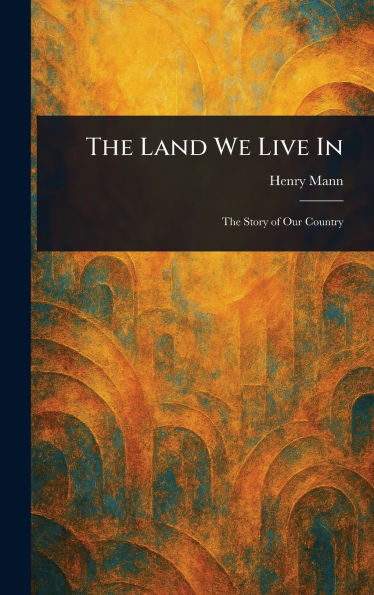"The Land We Live In: The Story of Our Country" by Henry Mann offers a compelling narrative of 19th-century America and the nation's dramatic expansion. A detailed account of United States history, this volume explores the key events and defining moments that shaped the country.
Delve into the era of American expansion and Manifest Destiny, gaining insights into the forces that propelled the nation westward. This historical narrative provides a comprehensive overview of the period, suitable for anyone interested in learning more about the United States' past. Explore the story of our country as it unfolded, meticulously presented in this republication.This work has been selected by scholars as being culturally important, and is part of the knowledge base of civilization as we know it.
This work is in the public domain in the United States of America, and possibly other nations. Within the United States, you may freely copy and distribute this work, as no entity (individual or corporate) has a copyright on the body of the work.
Scholars believe, and we concur, that this work is important enough to be preserved, reproduced, and made generally available to the public. We appreciate your support of the preservation process, and thank you for being an important part of keeping this knowledge alive and relevant.
"The Land We Live In: The Story of Our Country" by Henry Mann offers a compelling narrative of 19th-century America and the nation's dramatic expansion. A detailed account of United States history, this volume explores the key events and defining moments that shaped the country.
Delve into the era of American expansion and Manifest Destiny, gaining insights into the forces that propelled the nation westward. This historical narrative provides a comprehensive overview of the period, suitable for anyone interested in learning more about the United States' past. Explore the story of our country as it unfolded, meticulously presented in this republication.This work has been selected by scholars as being culturally important, and is part of the knowledge base of civilization as we know it.
This work is in the public domain in the United States of America, and possibly other nations. Within the United States, you may freely copy and distribute this work, as no entity (individual or corporate) has a copyright on the body of the work.
Scholars believe, and we concur, that this work is important enough to be preserved, reproduced, and made generally available to the public. We appreciate your support of the preservation process, and thank you for being an important part of keeping this knowledge alive and relevant.

The Land We Live In
312
The Land We Live In
312
Product Details
| ISBN-13: | 9781023058896 |
|---|---|
| Publisher: | Anson Street Press |
| Publication date: | 03/28/2025 |
| Pages: | 312 |
| Product dimensions: | 6.14(w) x 9.21(h) x 0.75(d) |
